Table of contents
隐藏
1. Material Basics: Core Differences Between PPR and HDPE
- PPR (Polypropylene Random Copolymer)
- Formed by propylene monomer polymerization with random ethylene segments
- Density: 0.90-0.91g/cm³ (medium-density thermoplastic)
- Key Feature: Exceptional high-temperature resistance (70℃ long-term, 95℃ short-term)
- HDPE (High-Density Polyethylene)
- Linear structure polymer from ethylene monomer polymerization
- Density: 0.941-0.965g/cm³ (high-density crystalline polymer)
- Core Advantage: Superior low-temperature flexibility (-40℃ serviceability)
2. Physical Properties: 5 Critical Performance Metrics
| Property | PPR | HDPE | Application Impact |
|---|---|---|---|
| Temperature Range | 0℃~95℃ (peak) | -40℃~60℃ | Hot water systems (PPR) vs. cold environments (HDPE) |
| Pressure Resistance | 1.6-2.5MPa (PN16-PN25) | 0.6-1.0MPa (PN6-PN10) | Preferred for high-pressure systems (PPR) |
| Flexibility | Rigid (requires fittings) | Highly flexible (coilable) | Easier installation in complex terrains (HDPE) |
| Chemical Resistance | Resistant to acids/alkalis, vulnerable to aromatics | Excellent resistance to most chemicals | Industrial wastewater (HDPE preferred) |
| Service Life | 50 years (standard) | 50-70 years (buried) | Longer lifespan for underground use (HDPE) |
3. Application Scenarios: Where to Use Each
- Potable Water Supply
- PPR: Top choice (food-grade, smooth inner wall prevents scaling)
- HDPE: Secondary option (needs hygiene certification, common in rural networks)
- Hot Water Systems
- PPR: Unmatched (only plastic pipe for long-term 70℃ service)
- HDPE: Limited to cold/low-temperature water (>60℃ performance degrades)
- Drainage Pipes
- HDPE: Preferred (impact-resistant, weldable for long pipelines)
- PPR: Rarely used (rigid structure prone to cracking without compensators)
- Gas Transportation
- HDPE: Industry standard (stress crack resistance, meets GB 15558)
- PPR: Prohibited (no gas-specific certification)
- Industrial Piping
- HDPE: Best for corrosive liquids (strong chemical resistance)
- PPR: Suitable for mild conditions (e.g., cooling water systems)
- Underfloor Heating
- Neither is standard (PEX/PERT preferred), but for alternatives:
- PPR needs insulation (thermal conductivity 0.24W/m·K)
- HDPE offers better bendability (5D minimum radius)
- Neither is standard (PEX/PERT preferred), but for alternatives:
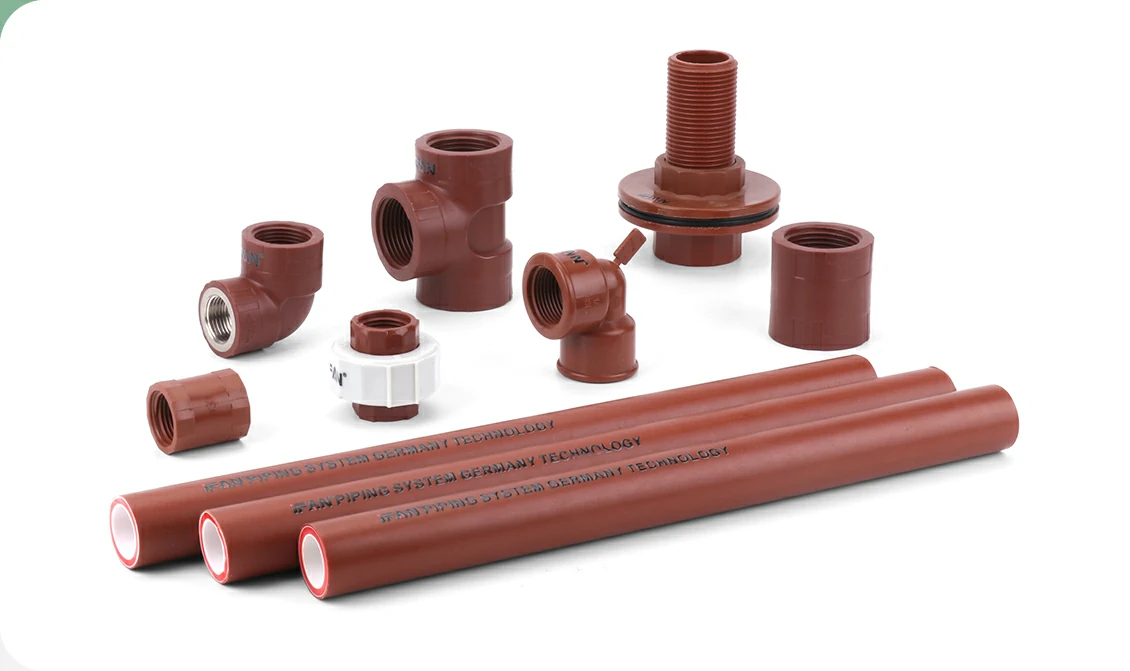
4. Installation & Maintenance: Cost and Convenience
- Joining Methods
- PPR: Hot melt welding (requires professional tools, 260±5℃ control)
- HDPE: Butt fusion/electrofusion (for large diameters, forgiving parameters)
- Cost Analysis
- PPR: Higher fitting costs (1.5x HDPE), faster small-diameter installation
- HDPE: Lower material cost (80% of PPR), requires specialized equipment for large sizes
- Maintenance Tips
- PPR: Protect from UV (add shading)
- HDPE: Monitor soil stress for buried pipes (prevent stress cracking)
5. Environmental & Safety Performance
- Hygiene Standards
- Both meet GB/T 17219, with PPR offering smoother surfaces for lower bacterial growth risk
- Recyclability
- HDPE: Higher recycling rate (30% globally), recycled material for non-potable use
- PPR: Complex recycling process, significant performance loss in recycled products
6. How to Choose: 4-Step Decision Framework
- Temperature Requirement
- 60℃ hot water → PPR mandatory
- <-10℃ cold environments → HDPE preferred
- Pressure Rating
- 10bar high-pressure systems → PPR (up to 25bar with PN25 products)
- Low-pressure drainage/irrigation → HDPE (PN6 sufficient)
- Environmental Factors
- Buried/ corrosive sites → HDPE (soil stress + chemical resistance)
- Above-ground/indoor hot water → PPR (aesthetic + temperature resistance)
- Budget Consideration
- Small diameters (DN20-DN63) → PPR lower overall cost
- Large diameters (DN100+) → HDPE better cost-efficiency
7. ifan Pipeline’s Professional Solutions
- PPR Products
- Full pressure range (PN16-PN25), including copper-inset fittings and flange adapters
- Food-grade materials certified by NSF 61 for potable water
- HDPE Products
- Specialized for gas/drainage, offering SDR11/SDR17.6 standards
- Customizable low-temperature (-50℃) HDPE for extreme environments
Conclusion: No “Better,” Only “More Suitable”
PPR leads in high-temperature and high-pressure applications, ideal for building water systems. HDPE excels in cold resistance, chemical tolerance, and large-scale projects. The choice depends on temperature, pressure, environment, and budget. As a 20-year pipeline manufacturer, ifan Pipeline provides free material selection consulting – visit ifanultra.com for customized solutions.

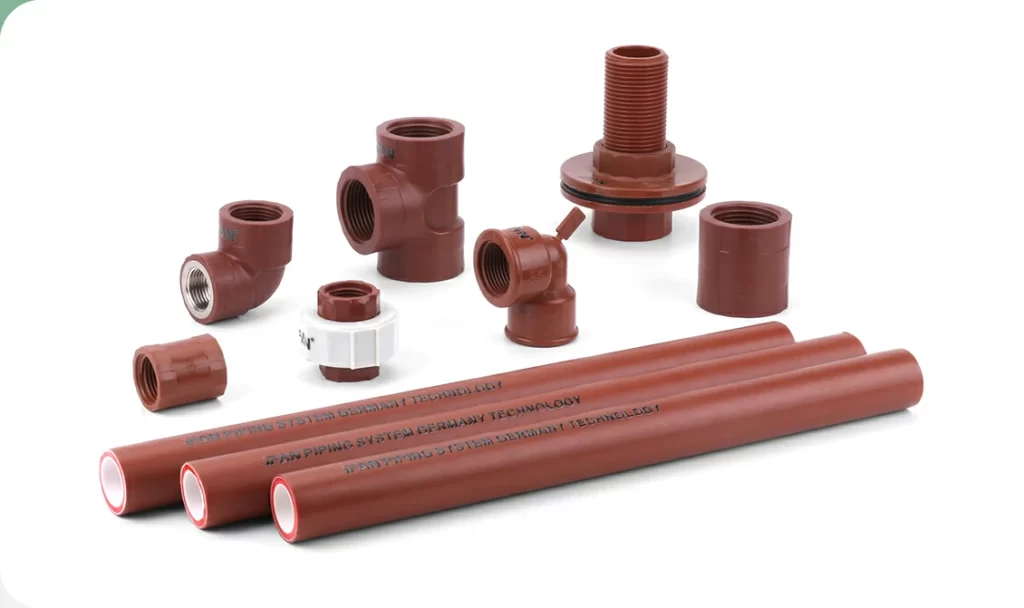
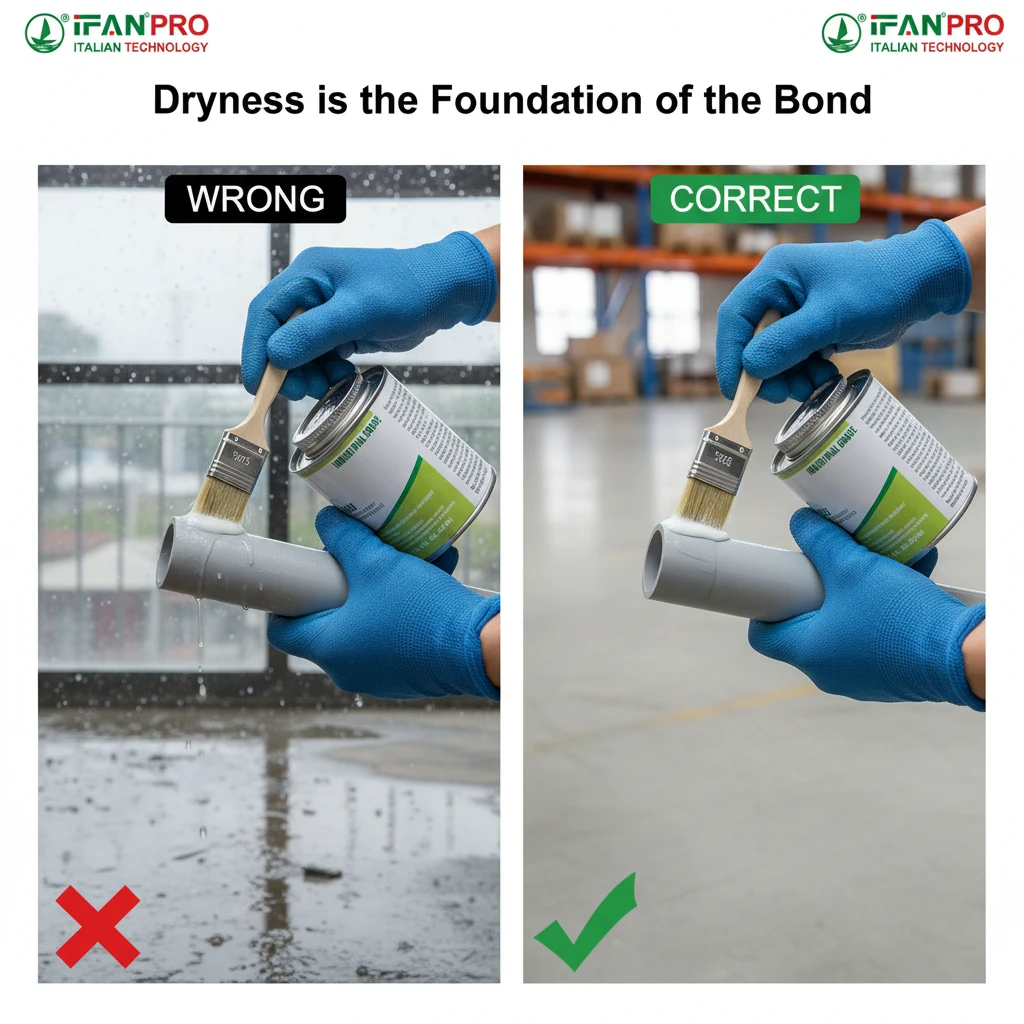
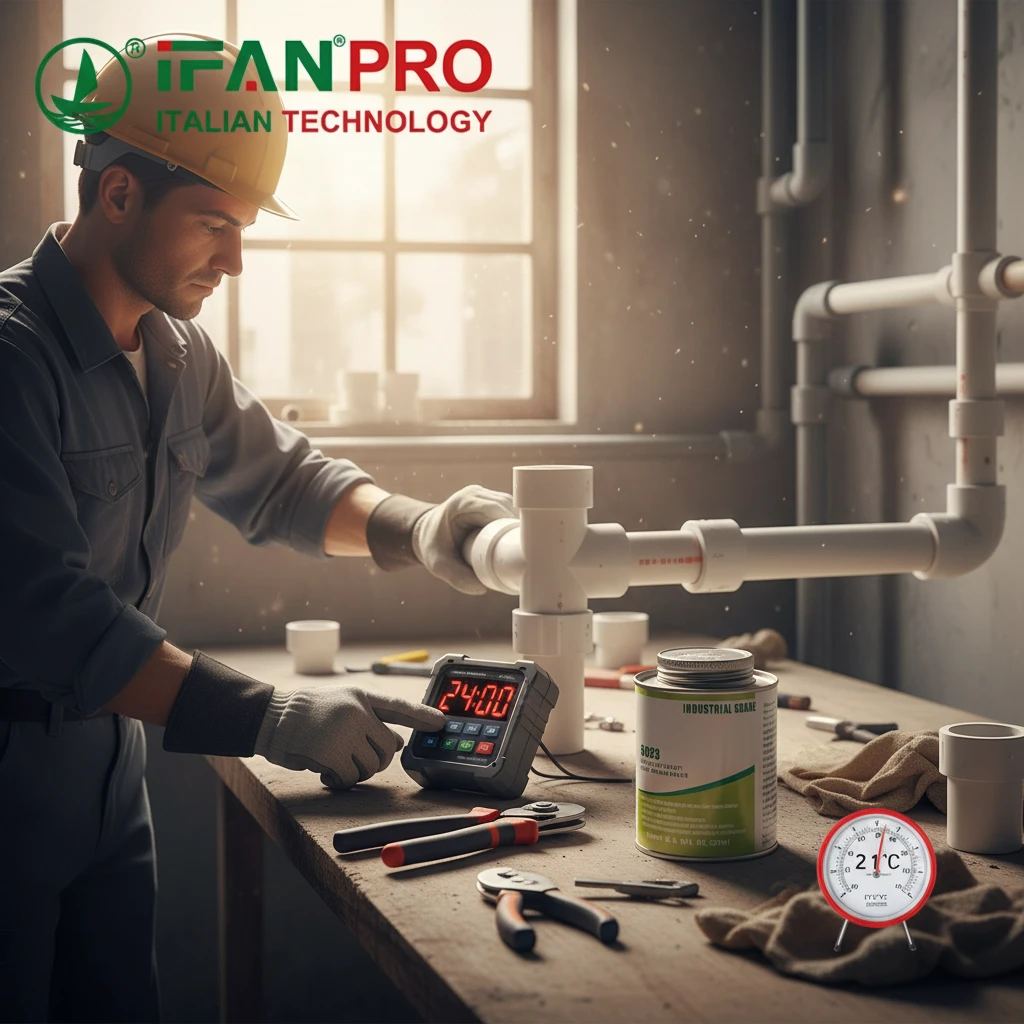

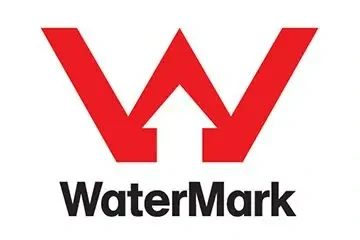

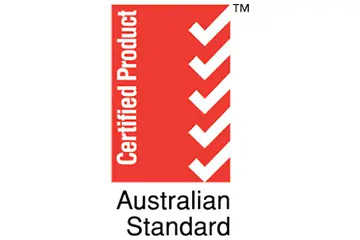
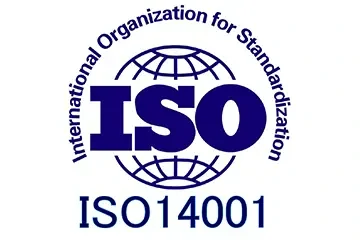
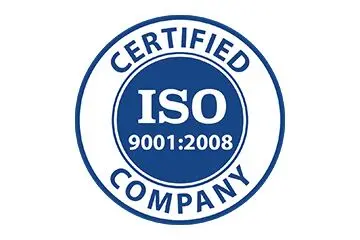


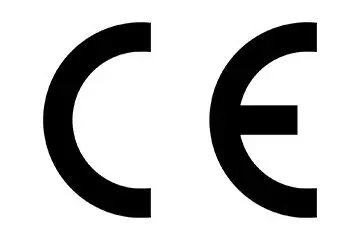
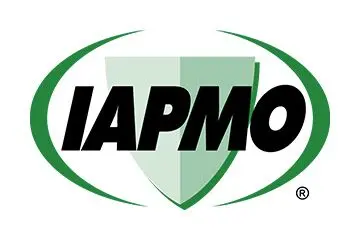
Recent Comments